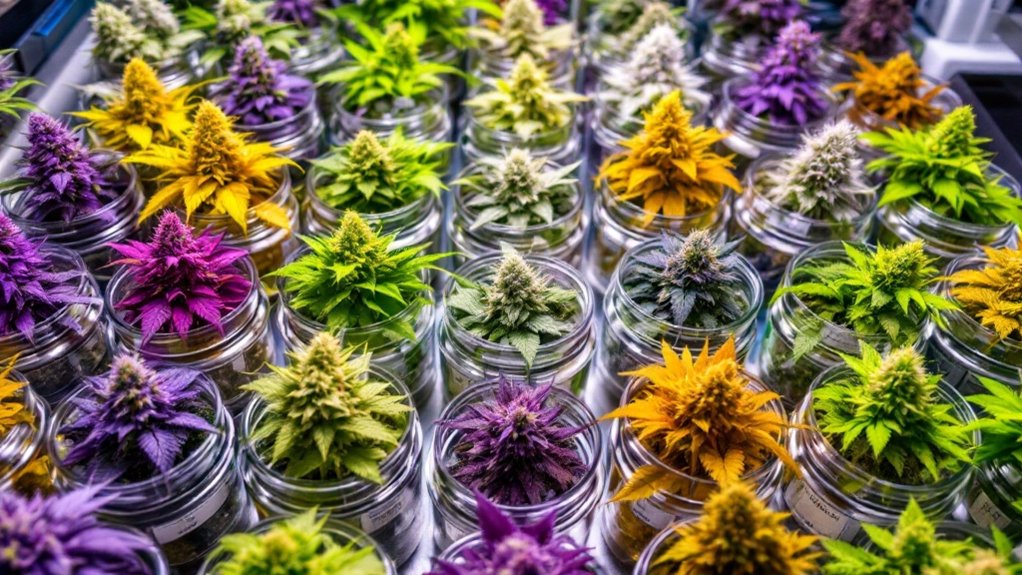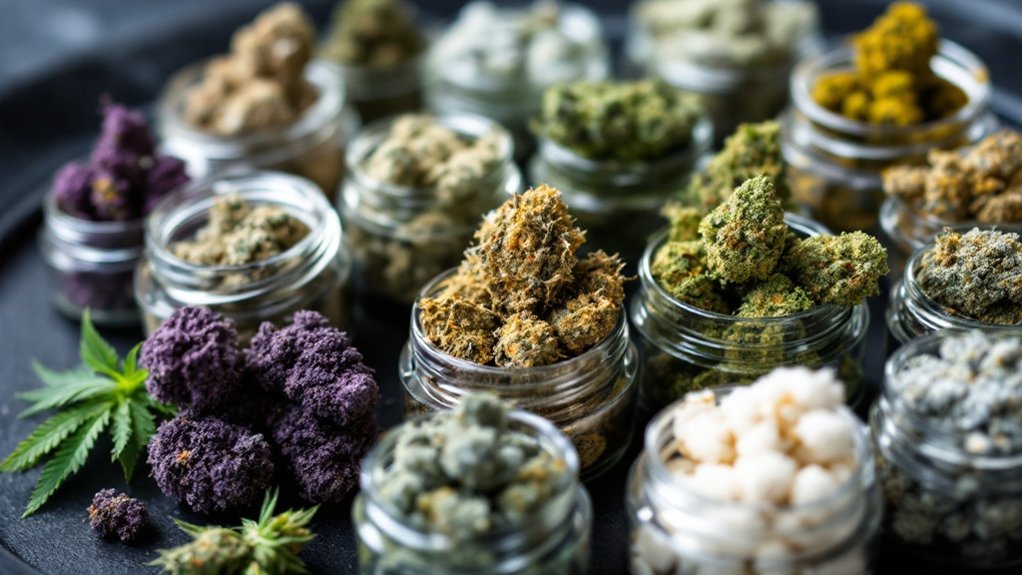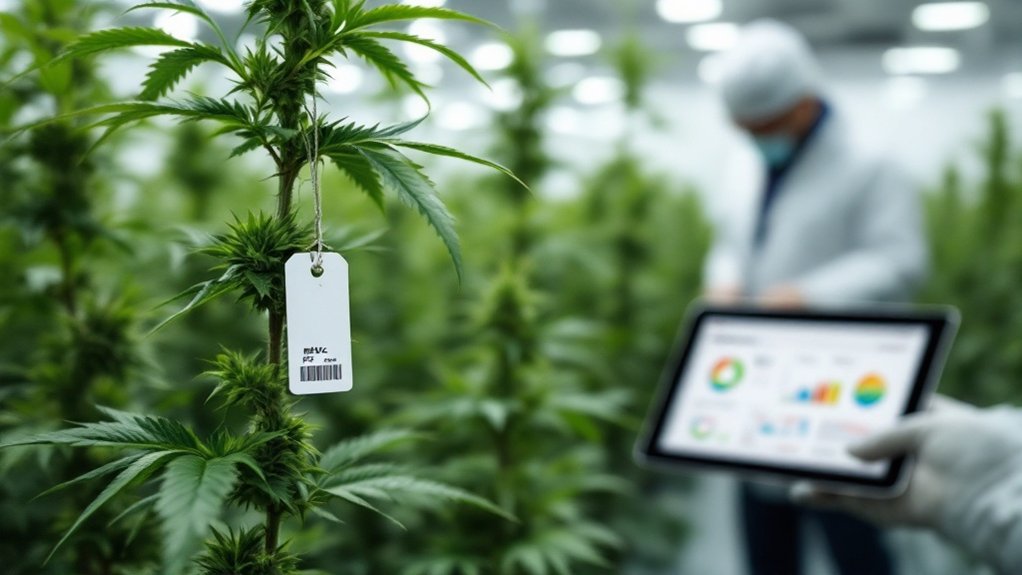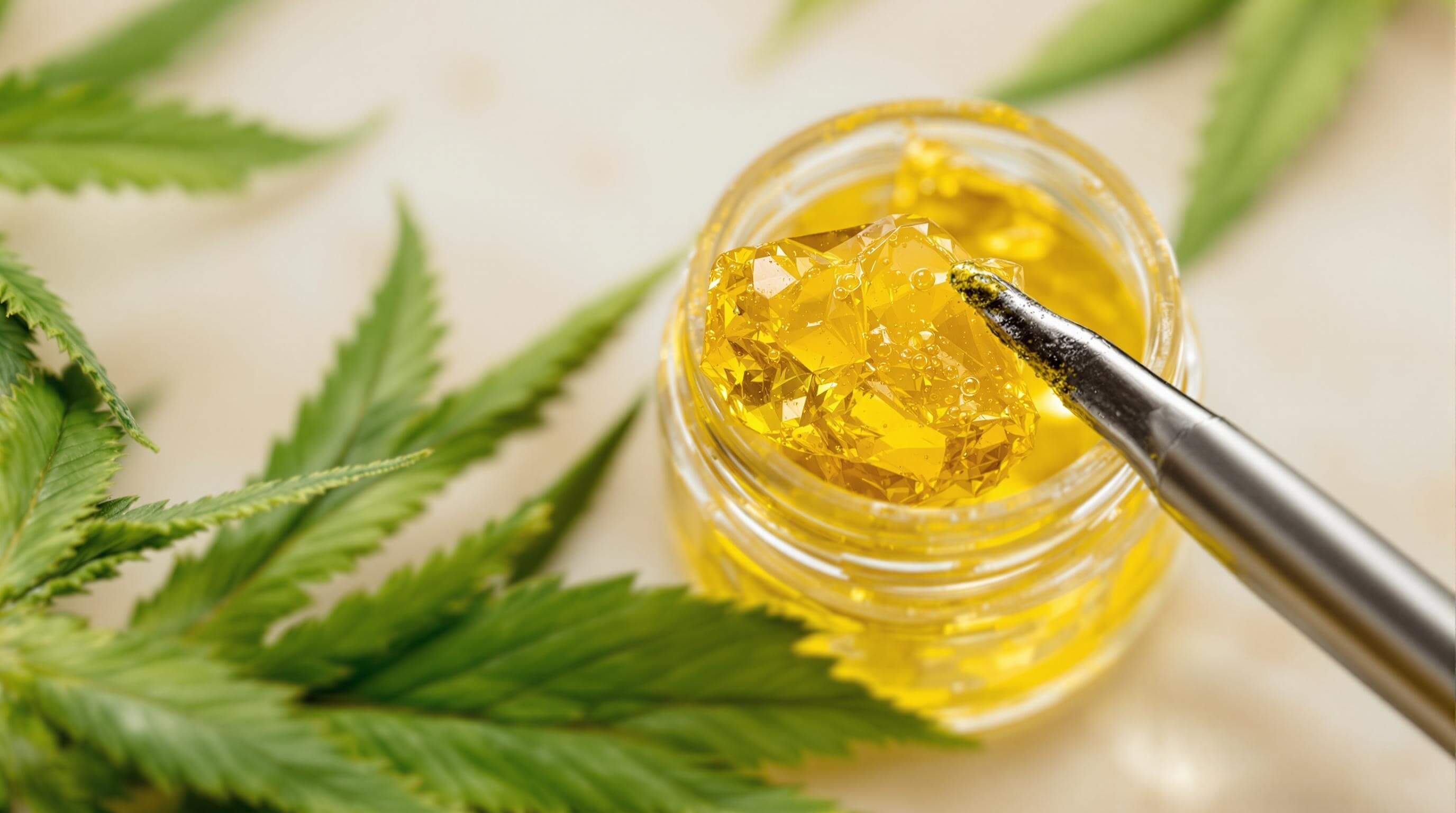The cannabis landscape currently encompasses an estimated 30,000 to 35,000 unique strains as of March 2025. This remarkable diversity stems from sophisticated breeding programs and ongoing genetic innovation that continuously responds to evolving consumer preferences. Cultivators employ selective breeding techniques to enhance specific characteristics, resulting in hybrid varieties that combine attributes from traditional sativa and indica plants. Beyond the classic indica/sativa classification system, modern categorization increasingly relies on terpene profiles and effect spectrums that offer unprecedented choice for consumers.

As the cannabis industry continues to evolve at a rapid pace, the global landscape of available strains has expanded to an estimated 30,000 to 35,000 unique varieties as of March 2025. This remarkable diversity stems from continuous genetic innovation driven by sophisticated breeding programs and hybridization efforts. Hybrid strains combine the best characteristics of both sativa and indica plants, offering a wide range of effects that cater to consumer preferences.
Cultivation teams across the industry regularly develop new strains that push the boundaries of both potency and terpene profiles, responding to evolving consumer preferences and market demands. The careful process of selective breeding allows cultivators to develop strains with specific desired characteristics.
The high-THC segment of the market has seen particularly notable developments, with several strains breaking previous potency records. Jelly Donutz currently leads the pack, testing between 30-35% THC in laboratory analysis, making it the highest potency offering from Humboldt Seed Company.
Other record-breaking varieties include Hella Jelly, a sativa-dominant hybrid (70% sativa, 30% indica) measuring 29-35% THC, and California Octane with its distinctive “gassy” terpene profile and 31-34% THC content.
Beyond these established potency leaders, the cannabis landscape continues to welcome emerging varieties that are gaining market traction. Strains like Dosidos, Kitchen Sink, White Mo, and Bobby Wild have recently entered the scene with impressive THC levels.
Apple Fritter has garnered attention for delivering balanced effects alongside sweet apple flavors, while Lemon Cherry Gelato has surged in popularity particularly in New York and California markets. Permanent Marker strain with its distinct fresh ink aroma has quickly gained traction among seasoned consumers looking for both cerebral euphoria and body relaxation.
Consumer preferences in 2025 reveal interesting patterns across the diverse strain landscape. Blue Dream has reclaimed its position at the top after months of Runtz dominance, demonstrating the enduring appeal of its balanced effects profile. This balanced profile reflects the versatility often found in hybrid strains, catering to both recreational and medicinal users alike.
Selection criteria increasingly incorporate both potency considerations and flavor profiles, with classification systems evolving beyond traditional indica/sativa distinctions toward more nuanced categorizations based on terpene profiles and effect spectrums.
The commercial cannabis market reflects these developments through dispensary offerings nationwide, where both classic strains and newer varieties compete for shelf space.
State regulatory agencies and strain review platforms collect data on consumer preferences, influencing cultivation decisions and breeding programs. This feedback loop guarantees that strain development continues to respond to market demands while pushing forward the boundaries of cannabis genetics.
The result is a dynamic, ever-expanding universe of cannabis varieties that offers unprecedented choice to consumers in legal markets.
Frequently Asked Questions
Can Different Cannabis Strains Affect Drug Test Results Differently?
Different cannabis strains do not affect drug test results differently regarding detection methods or metabolite types.
The primary factor influencing test outcomes is THC concentration, not strain genetics. Higher-potency strains may produce more detectable metabolites that persist longer in the body.
While consumption method, frequency of use, and individual metabolism greatly impact detection windows, the specific strain lineage itself does not alter how THC is metabolized or identified in standard tests.
How Do Medical Professionals Determine Which Strain to Recommend?
Medical professionals evaluate multiple factors when recommending cannabis strains. They assess the patient’s condition, symptom profile, and treatment goals while matching these with the strain’s chemical composition, particularly THC:CBD ratios and terpene profiles.
Clinicians consider the patient’s tolerance, existing medications for potential interactions, and previous cannabis experiences. This personalized approach relies on both clinical evidence and the strain’s documented therapeutic properties, with ongoing monitoring to adjust recommendations based on patient response.
Are Cannabis Strain Names Protected by Trademark or Copyright Laws?
Cannabis strain names generally cannot receive federal trademark protection in the United States because cannabis remains federally illegal.
State-level trademark protection may be available where cannabis is legal, though enforcement presents challenges.
Strain names themselves are typically too short for copyright protection, while the actual genetic compositions are not copyrightable.
Many companies employ alternative strategies, including protecting associated marketing materials, pursuing plant variety patents, or establishing common law trademark rights through consistent commercial use.
Do Cannabis Strains Vary in Potency Across Different Countries?
Cannabis strains exhibit significant potency variations across different countries due to several factors.
Legal THC limits established by national regulatory frameworks directly influence maximum potency levels in commercial products. Regional breeding practices, climate conditions, and cultivation techniques further contribute to these differences.
Countries with established recreational markets, particularly the United States, tend to develop higher-THC varieties compared to regions with stricter regulations like parts of Europe. Local consumer preferences also shape breeding priorities, with some markets favoring balanced CBD:THC ratios over maximum potency.
How Do Environmental Factors Alter a Strain’s Chemical Profile?
Environmental factors considerably alter a cannabis strain’s chemical profile through multiple mechanisms.
Temperature fluctuations, humidity levels, and light exposure directly impact cannabinoid and terpene synthesis pathways. Soil composition, particularly nutrient availability and pH levels (optimally 6-7), influences the production of specific compounds like THC and CBD.
Water management techniques, including controlled deficit irrigation, can enhance cannabinoid content, while both biotic and abiotic stressors trigger defense responses that modify phytochemical production.
These environmental variables interact with genetic factors, resulting in strain-specific chemical expressions.









